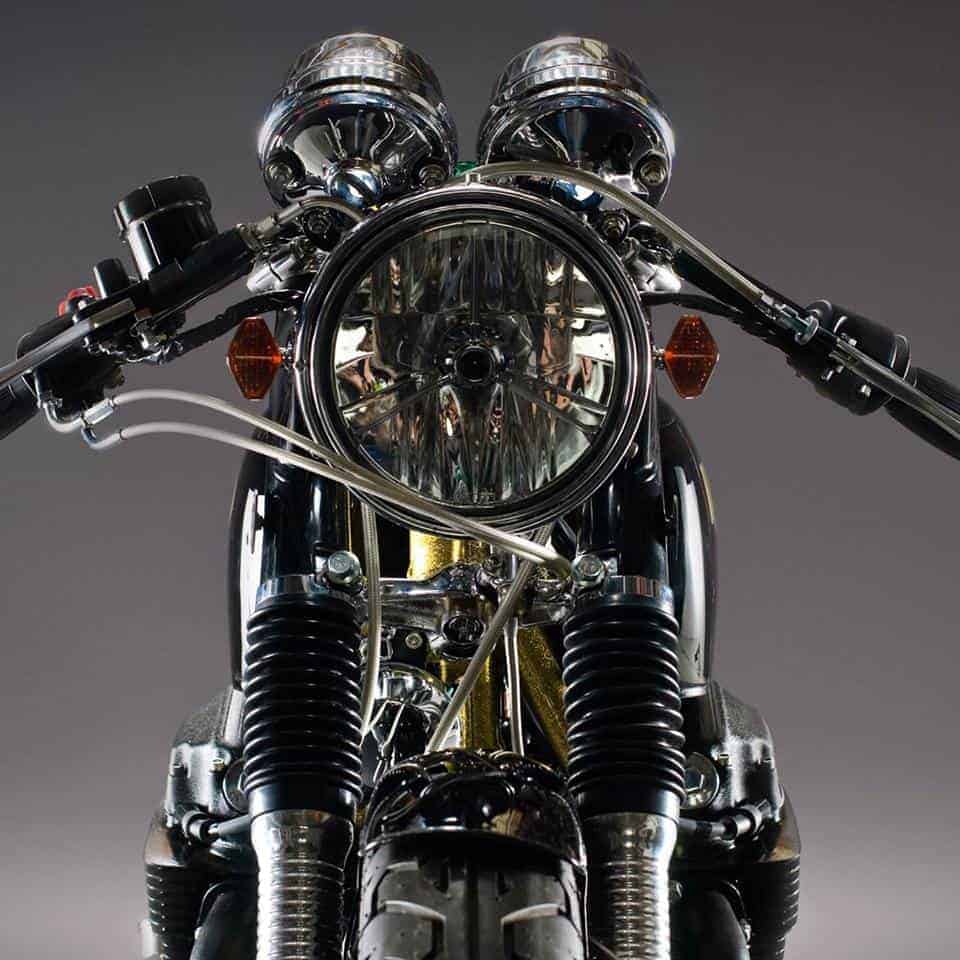It’s a funny old world, I mean, I initially went out to get a pint of milk and on the way there I came across a stash of SOHC Motors that a buddy of mine needed to off load as he was clearing his place out for renovations etc, what better way of getting rid […]
Tag Archives: inline four
Sometimes I get a call asking if I could clear out a garage or back yard as it has a motorcycle in it, this time it was 6 CB750’s, so what closed the deal was it was free but a friend of mine I have known many years and helping him out was the least […]
Busy day at home and more 4 into 1 Exhausts systems are now completed, I have been busy as of late and just about caught up with previous orders, I love making these and getting them sent to all over the world. These are the CB750 and Cb500-Cb550 Yoshi style systems, some of these will […]
As you may know, I picked up an old Santee framed Honda Chopper in a Local Garage a while back, progress has been slow as I am making parts for it to offer to the Chopper builders that are all around the globe, but i noticed that the engine case covers were looking bad. The […]
Howdy one and all Here we are once more with a small Blog, this time I thought I would look about for some sound bytes of my exhaust systems for the Honda and Triumph etc, I have been selling these for 23 years now and continue to make more performance systems for other makes as […]
I had fun with this shop, had to build all the walls, move one wall 20 feet back, move stairs etc, paint floors and make a brick facade speed shop ewtc, it took a long time but sure did look good. Lucky for me now I have my very own workshop/Barn, so no more renting […]
Time does indeed scream by at a pace that I really cannot fathom these days, but I am glad there are such things as you Tube etc that keep videos that I posted all them years ago. Here is the “Rocket Four” Bike that I created out of an old non running inline four, I […]
Every Motorcycle that I have built from the ground up is always tough to let it go, but- that’s what I do, create and build motorcycles as well as parts etc, this was fun creation that I put together for a Girl out in Australia, she wanted it gold flake and I did my very […]
I have been getting a lot of compliments on the 4 into 1 Exhaust I manufacture called The Sidewinder, this really is a great performing system that not only fits well, it sounds crisp and is a true Performance pipe. These power houses are available in Raw steel, for that Industrial Look, or you can […]
Well, a New year and New projects, I have a bunch of bikes that need to get running and then decide which way to go in the way of building and creating something cool from the shop but many different platforms are sat in the Barn, just awaiting some wrench time, but I do enjoy […]










